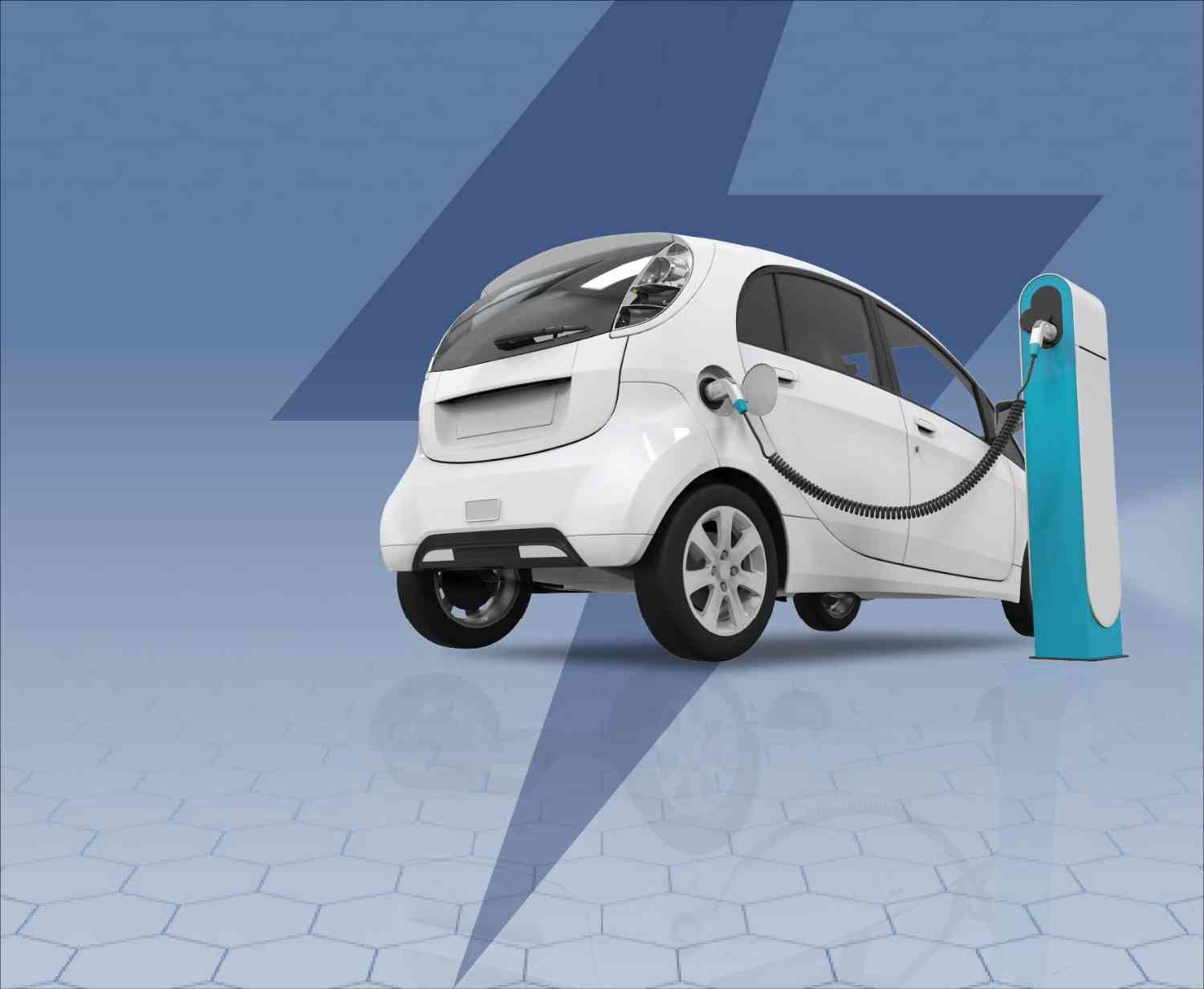The Electric Vehicle Hype: What’s driving the Surge and What Lies Ahead?

The automotive industry is currently experiencing an unprecedented shift, driven by a surge in interest, investment, and innovation in electric vehicles (EVs). Once considered a niche segment dominated by early adopters and eco-conscious consumers, EVs are now on the verge of revolutionizing global transportation. What is fueling this surge in electric vehicles? Is it justified, or are we heading towards an overinflated bubble? Let's delve into the factors driving the EV surge, supported by some compelling statistics.
The Growth Trajectory: From Niche to Mainstream
The shift from internal combustion engine (ICE) vehicles to electric vehicles (EVs) has rapidly accelerated in recent years. In 2023, global EV sales reached approximately 14 million units, representing a 35% increase from the previous year. This growth isn’t limited to traditional markets like the United States and Europe. China, the world's largest auto market, accounted for over 60% of global EV sales, reflecting a broader global trend towards electrification.
According to the International Energy Agency (IEA), EVs comprised about 14% of global car sales in 2023, up from just 4% in 2020. The agency projects that by 2030, EVs could make up 30% of all new car sales, equivalent to around 43 million units annually. This shift is driven by a combination of factors, including government policies, technological advancements, and changing consumer preferences.
The Role of Government Policies
Government policies and incentives have played a crucial role in accelerating the adoption of electric vehicles. Countries around the world are setting ambitious targets to phase out internal combustion engines. For instance, the European Union has proposed a ban on the sale of new petrol and diesel cars by 2035, while California has set a similar target for 2030.
In addition to bans, subsidies, and tax incentives have made electric vehicles (EVs) more accessible to consumers. In the United States, the Inflation Reduction Act of 2022 extended the $7,500 federal tax credit for EV purchases, further boosting sales. China has also extended its EV subsidies until 2025, contributing to the rapid expansion of its electric vehicle market.
Technological Advancements: Charging Forward
Technological innovation is a crucial factor driving the surge in electric vehicles (EVs). Advances in battery technology have resulted in significant improvements in range, charging speed, and cost. In 2023, the average range of an EV was approximately 250 miles per charge, marking a substantial increase from 125 miles just five years earlier. For example, Tesla's Model S Plaid offers a range of over 390 miles on a single charge, putting it in direct competition with traditional internal combustion engine (ICE) vehicles.
Furthermore, battery costs have seen a dramatic decline, dropping from $1,100 per kilowatt-hour (kWh) in 2010 to around $130 per kWh in 2023. This cost reduction has not only made EVs more affordable but is also expected to continue, with some projections suggesting that battery costs could fall to $80 per kWh by 2030.
Charging Infrastructure: Bridging the Gap
One of the significant challenges for widespread electric vehicle (EV) adoption has been the availability of charging infrastructure. However, this gap is rapidly closing. As of 2023, there were over 1.8 million public charging stations worldwide, up from 1.3 million in 2022. The United States alone has over 140,000 charging points, with plans to add 500,000 more by 2030 under the Bipartisan Infrastructure Law.
China leads the world in charging infrastructure, with over 1 million public charging stations, a figure that is expected to grow exponentially as the country continues to expand its EV market..
Consumer Sentiment: Shifting Gears
Consumer sentiment towards electric vehicles has undergone a significant shift in recent years. A survey by Deloitte indicates that 59% of consumers worldwide are now contemplating purchasing an electric vehicle for their next car, a notable increase from 41% in 2019. This change is propelled by a combination of factors including environmental concerns, escalating fuel prices, and the growing availability of electric vehicle models at various price points.
In addition, younger generations exhibit a stronger inclination towards embracing electric vehicles, as evidenced by 71% of Gen Z and 66% of Millennials expressing interest in owning an electric vehicle, according to a 2023 survey by the Pew Research Center. This demographic shift suggests that the momentum behind electric vehicles is likely to continue gaining momentum.
Challenges Ahead: Is the Hype Sustainable?
While the electric vehicle market is booming, there are still several challenges that need to be addressed. The supply chain for critical materials such as lithium, cobalt, and nickel, which are essential for battery production, is under strain. The prices of these materials have surged, raising concerns about the sustainability of battery production.
In addition, the energy grid needs to be upgraded to handle the increased load from millions of electric vehicles charging simultaneously. Transitioning to renewable energy sources is crucial to ensure that electric vehicles truly contribute to reducing carbon emissions.
Conclusion: The Future of Electric Vehicles
The electric vehicle hype is not just a passing trend; it reflects a fundamental shift in how we think about transportation. With robust government support, rapid technological advancements, and growing consumer interest, EVs are set to become the dominant mode of personal and commercial transport in the coming decades.
However, the journey is not without its challenges. Addressing supply chain constraints, expanding charging infrastructure, and ensuring that the energy grid can support widespread EV adoption will be critical to sustaining the momentum. As the world drives towards a more sustainable future, the electric vehicle revolution is well on its way, but the road ahead requires careful navigation.